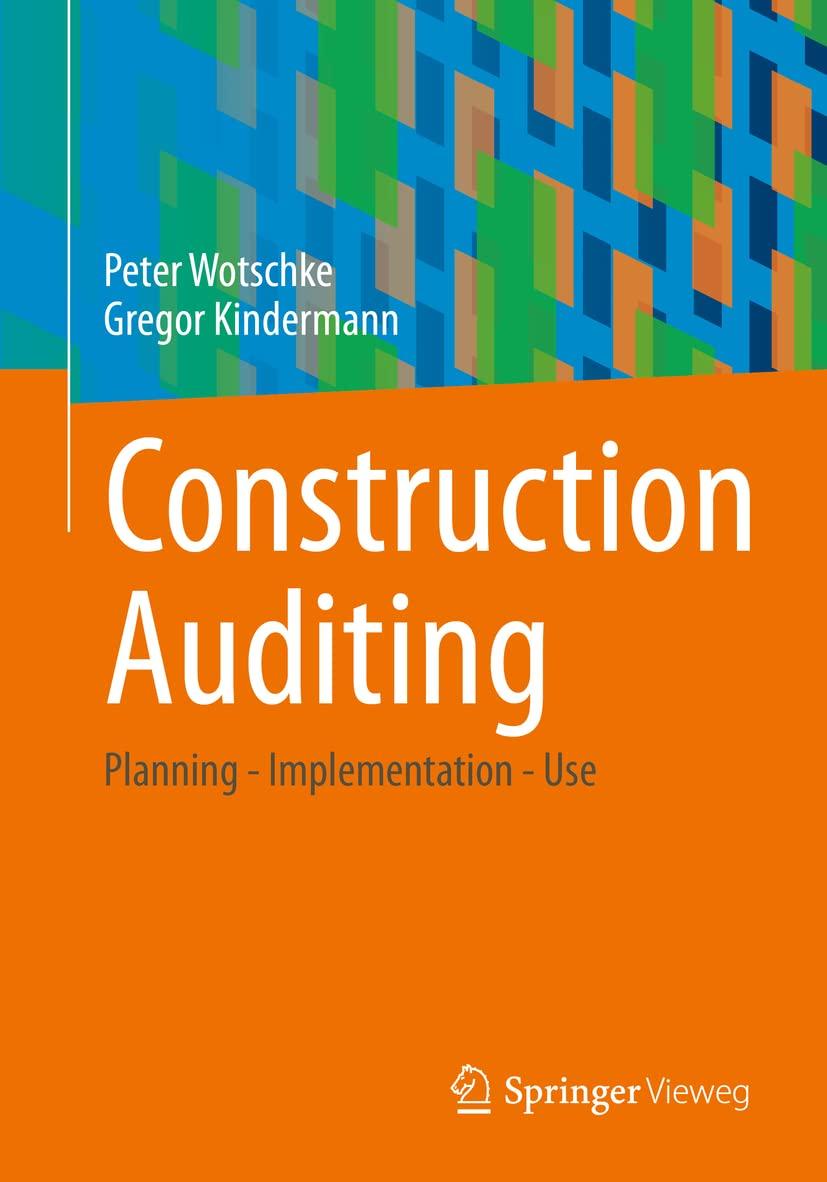Question
Match each term to its correct description. Data-driven fraud detection Risk assessment Structured query language Data analysis software Data warehouse Benford's law Vertical Analysis Horizontal
Match each term to its correct description.
|
|
Step by Step Solution
There are 3 Steps involved in it
Step: 1

Get Instant Access to Expert-Tailored Solutions
See step-by-step solutions with expert insights and AI powered tools for academic success
Step: 2

Step: 3

Ace Your Homework with AI
Get the answers you need in no time with our AI-driven, step-by-step assistance
Get Started


